Blended Learning Guide
E-Learning
LMS
Resources
Online Learning
Blended learning is an educational approach that combines traditional in-person teaching methods with online or digital learning resources. This hybrid approach integrates the best aspects of face-to-face instruction with the flexibility and interactivity of online tools. The goal of blended learning is to enhance the learning experience by leveraging technology while maintaining valuable aspects of in-person interaction.
Here are some key features of blended learning:
- Combination of Modalities: Blended learning combines different instructional modalities, such as in-person lectures, group discussions, hands-on activities, and online components. It seeks to create a balanced mix that caters to diverse learning preferences.
- Flexibility: Blended learning provides flexibility in how and when students engage with the course material. Online components allow learners to access resources, participate in discussions, and complete assignments at their own pace, while still attending in-person sessions for certain activities.
- Personalization: Blended learning allows for a more personalized learning experience. Students can review online materials, participate in interactive online assessments, and receive tailored feedback. This personalization can enhance individual learning outcomes.
- Interactive Online Resources: Blended learning often includes a variety of interactive online resources, such as multimedia presentations, video lectures, quizzes, discussion forums, and digital simulations. These resources can enrich the learning experience and engage students in different ways.
- Collaboration: Blended learning can promote collaborative learning through online discussions, group projects, and peer-to-peer interactions. Students can work together, even when not physically present in the same location.
- Adaptive Learning: Some blended learning models incorporate adaptive learning technologies that analyze student progress and adjust the learning content based on individual needs, ensuring that students receive targeted support.
- Optimization of Face-to-Face Time: Blended learning often reserves in-person sessions for activities that benefit from direct interaction, such as hands-on labs, group projects, debates, or face-to-face discussions that require immediate feedback.
- Enhanced Accessibility: Blended learning can make education more accessible to a wider range of students, including those who may have scheduling constraints, physical disabilities, or are located in remote areas.
Blended learning has become increasingly popular in various educational settings, from K-12 schools to universities and professional training programs. It offers the advantages of both traditional teaching methods and online learning, creating a dynamic and engaging educational environment that can be tailored to the needs of the learners and the goals of the course.
Explore Blended Learning
Blended Learning Archives – SP Cloud Academy (spca.education)
-
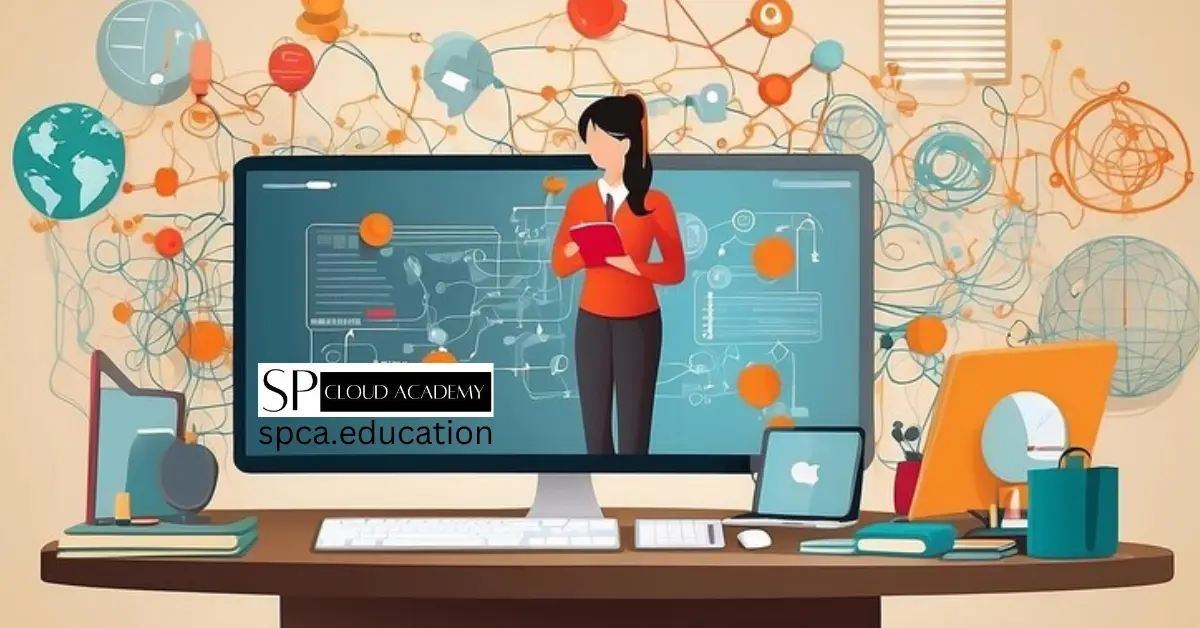
Mastering the Art of Blended and IT-Driven Teaching: Essential Skills for TVET Teachers in the IR4.0 Era
-
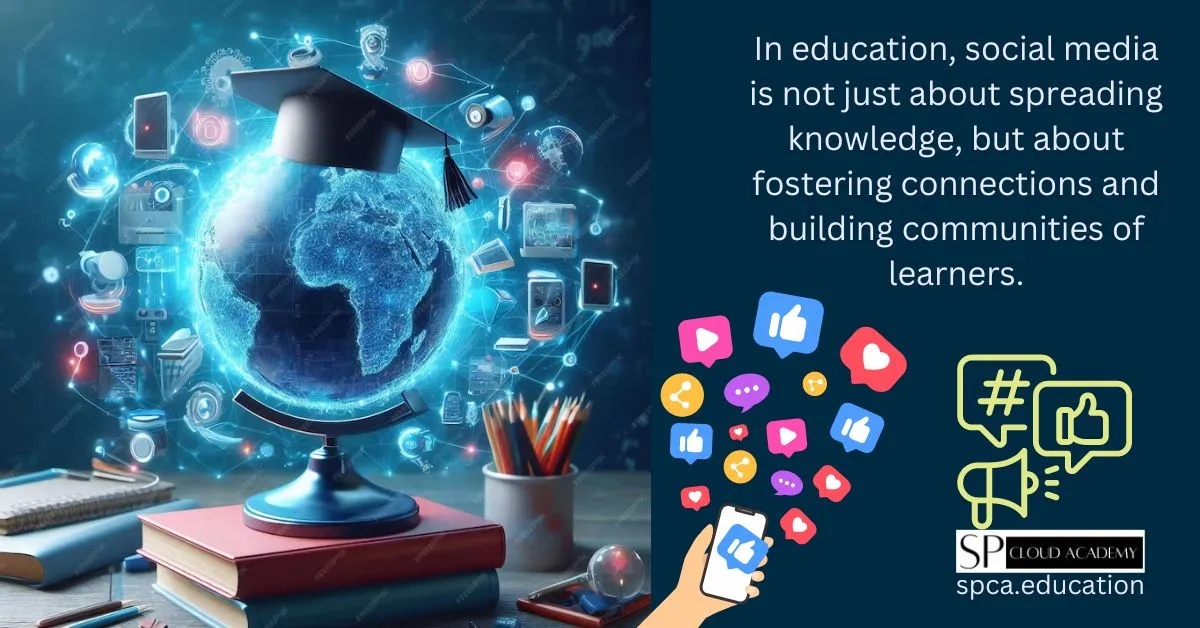
Harnessing the Power of Social Media in Education: Enhancing Teaching and Learning
-
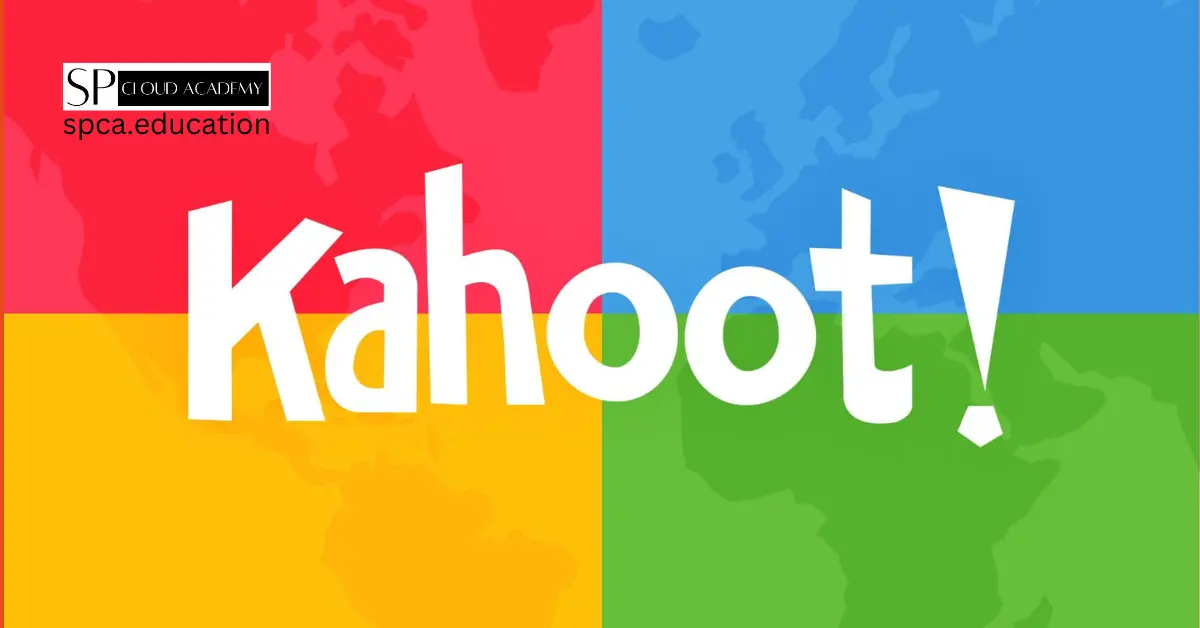
Unleash the Power of Kahoot in Blended Learning
-
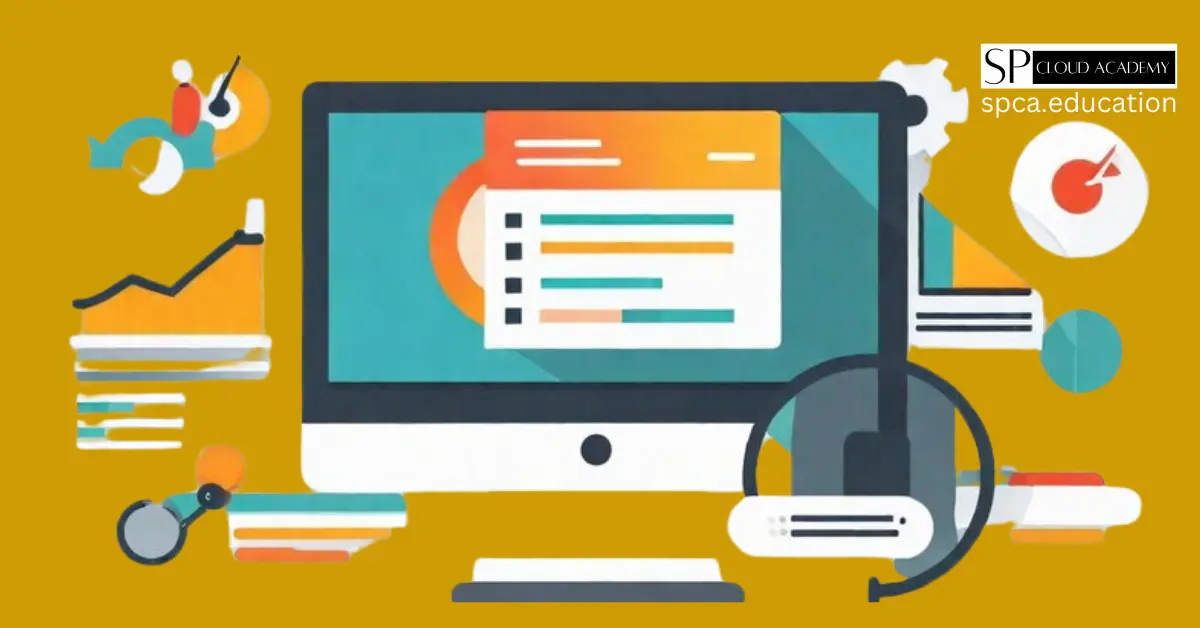
Mastering the Art of Blended Learning: The Role of Online Quiz and Assessment Tools
-
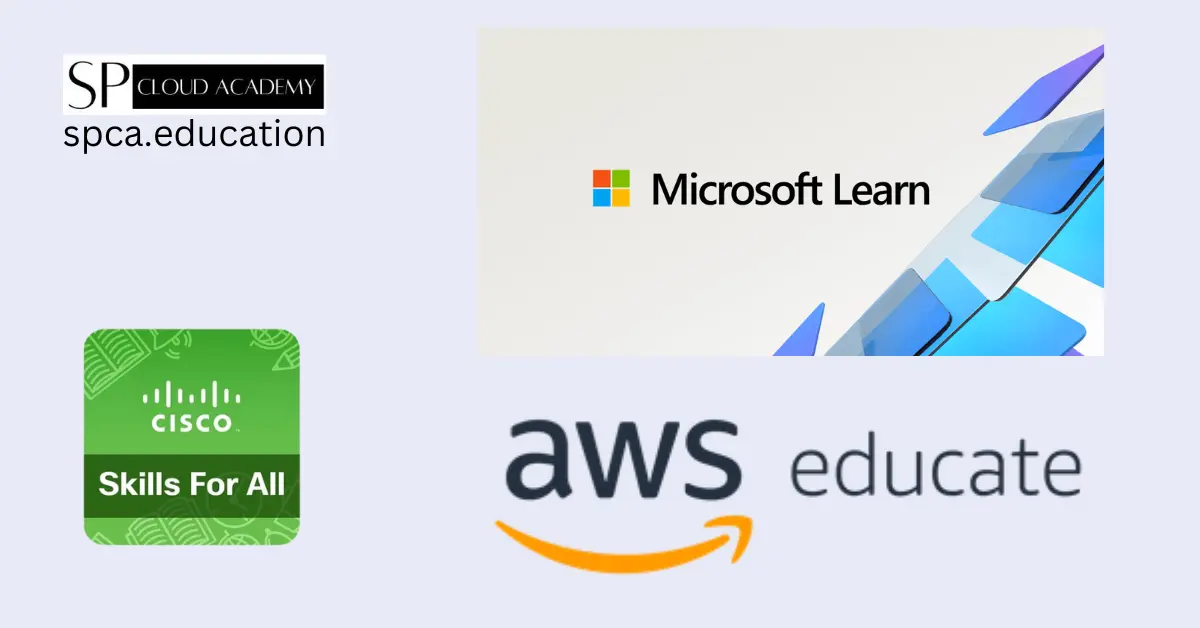
Best Free IT Learning Platforms: Your Gateway to Success
-
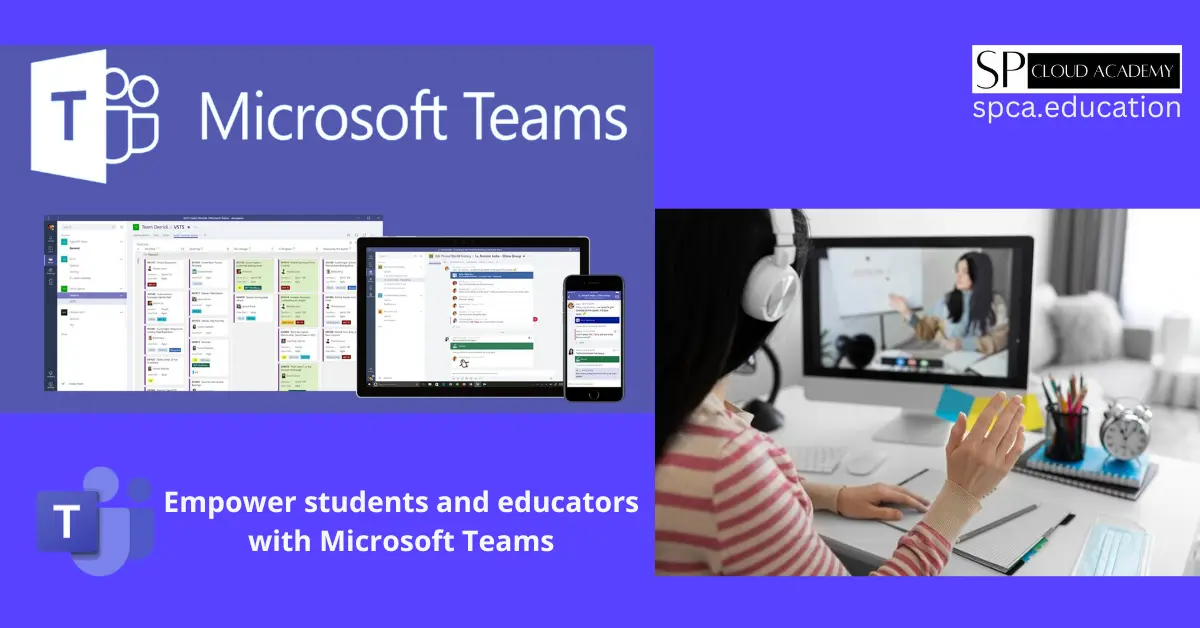
Microsoft Teams for Education: Transforming Virtual Learning Experiences
-
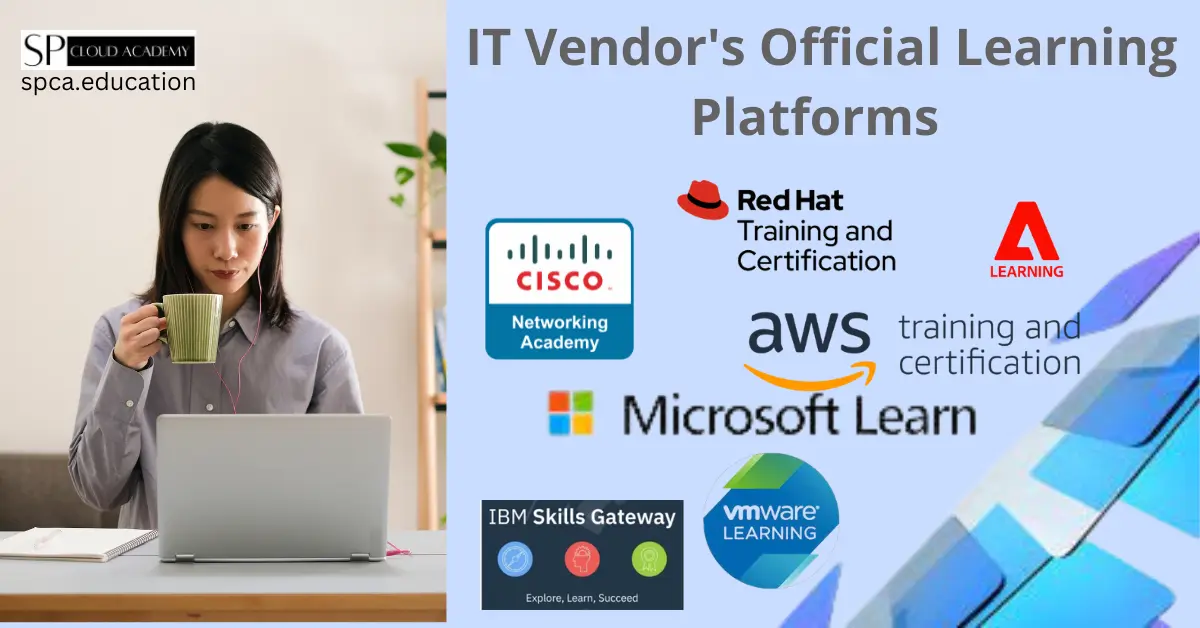
The Ultimate Official Learning Sources for IT Vendors: Your Path to Professional Growth
-
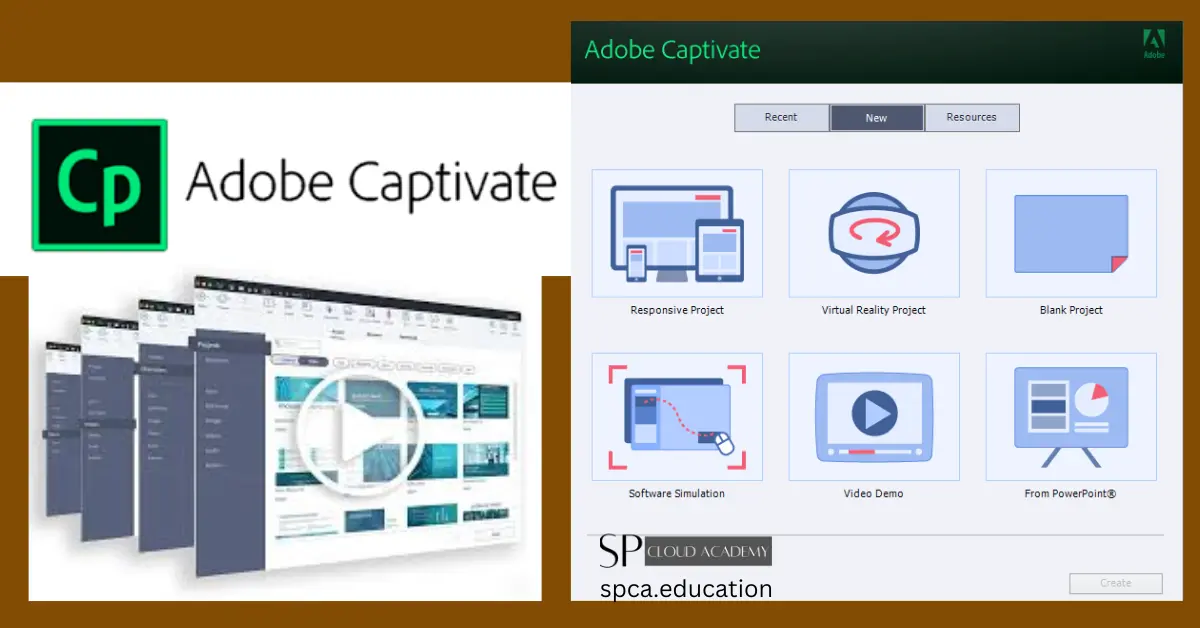
Adobe Captivate: Explore the ultimate authoring freedom
-

Cloud Computing in Education
-
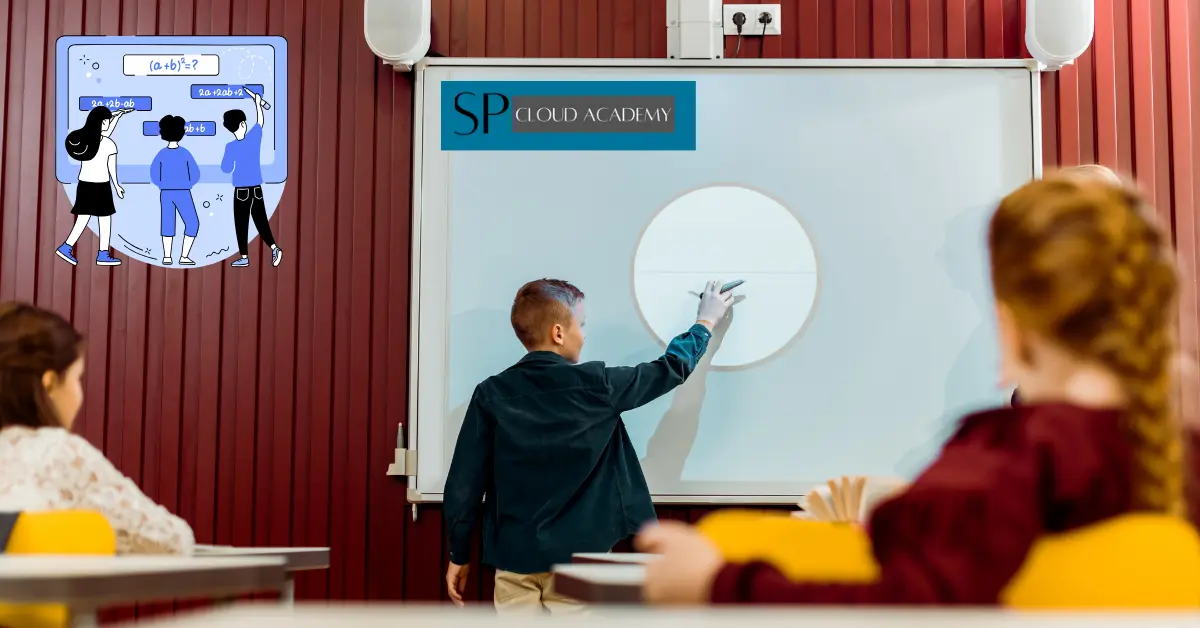
Interactive Content in Education: Exploring Types and Uses
-
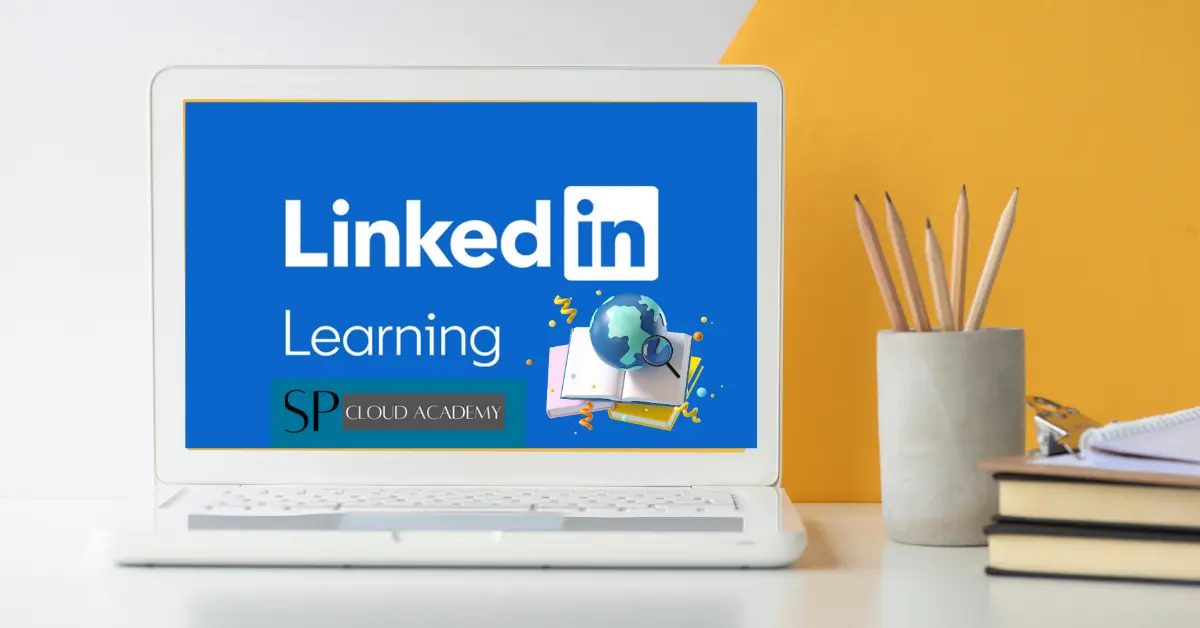
Maximizing Professional Development in IT Career with LinkedIn Learning
-

YouTube is a rich learning source
